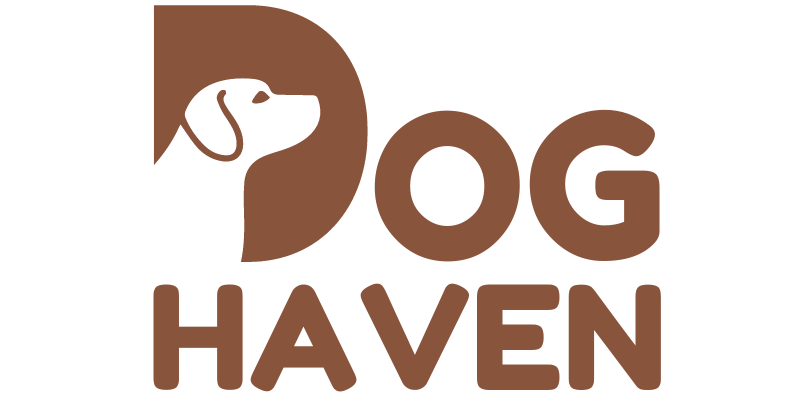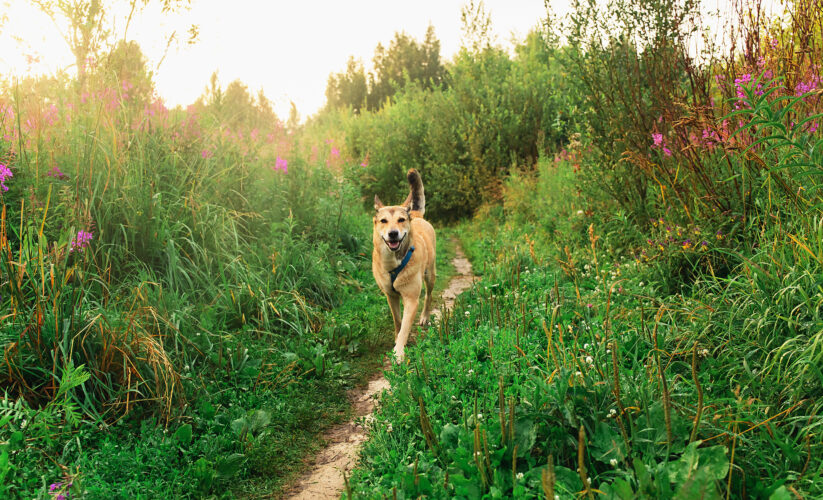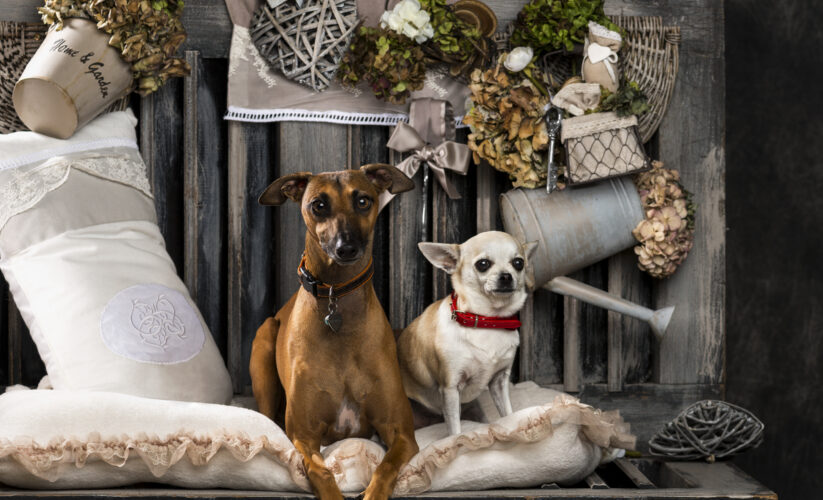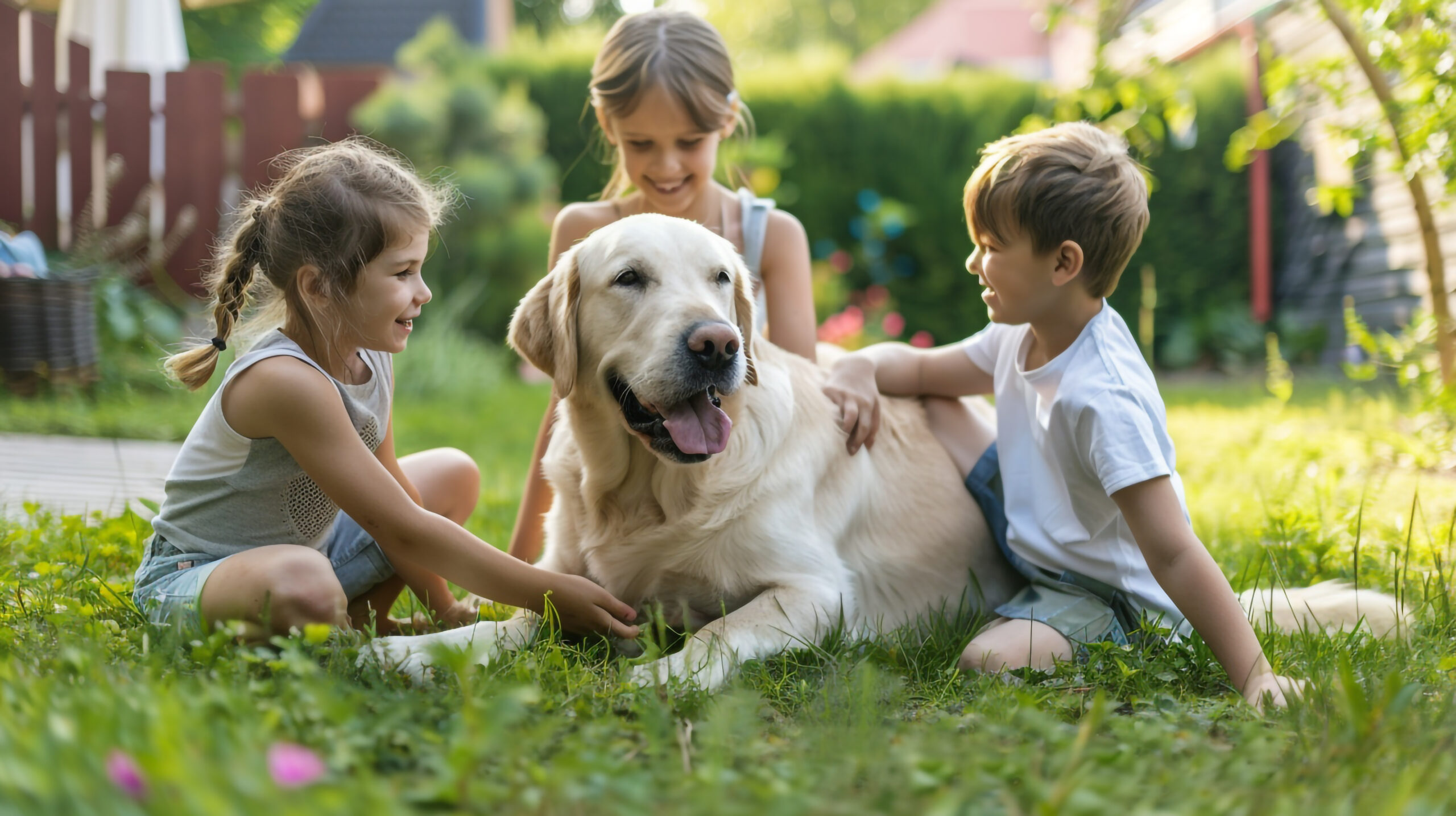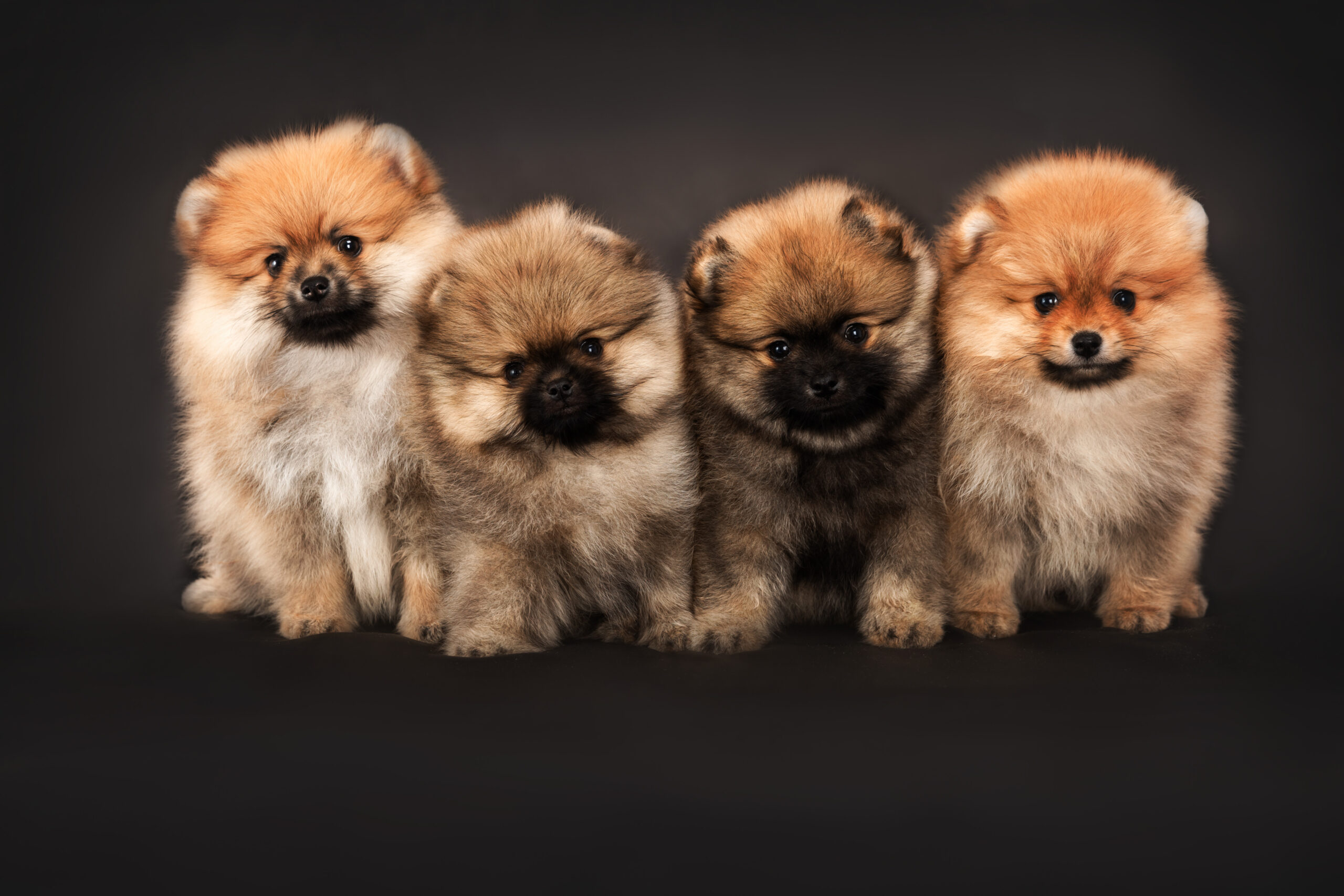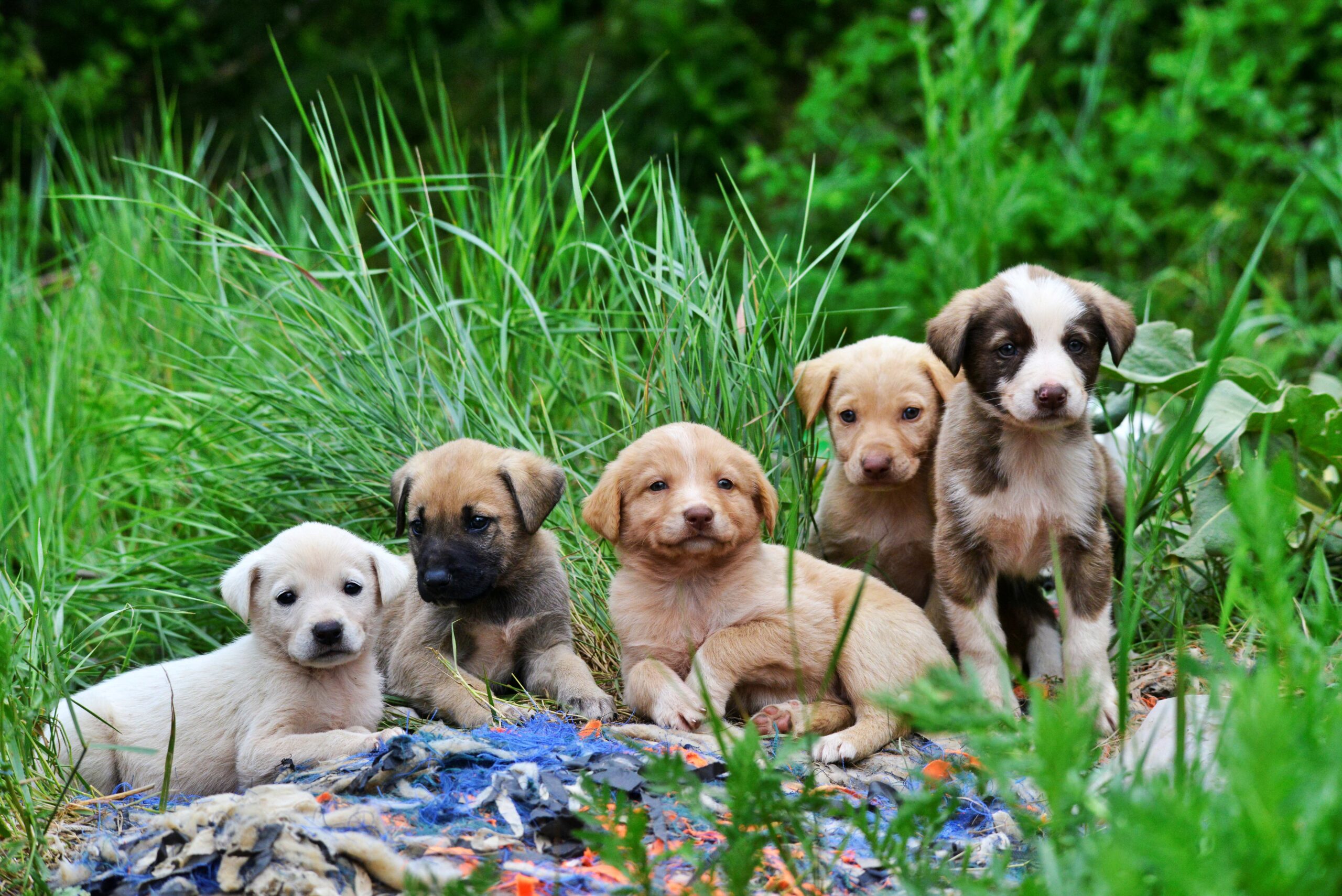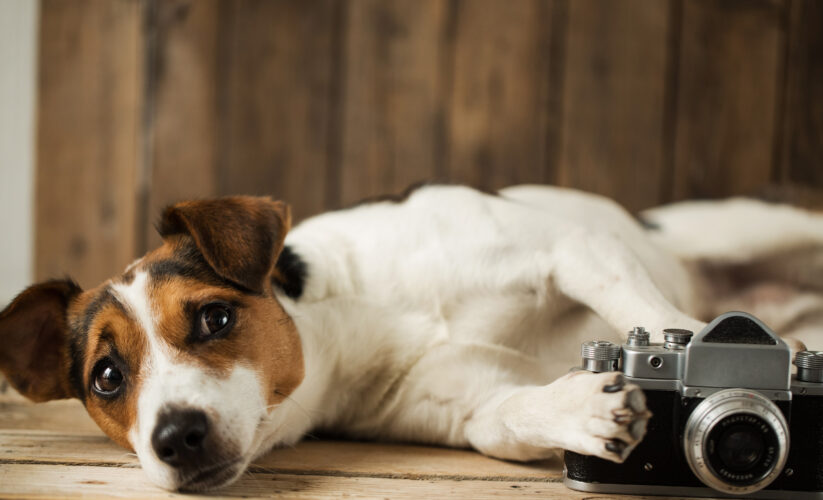
Best Dog Photography Tips for Stunning Shots
Imagine a Toronto park at sunrise, bathed in golden light. This is every dog photographer’s dream. Good light isn’t just found; it’s felt. It creates a soft, dreamy aura perfect for a memorable dog portrait.
But how do you get the perfect shot? Where every element, from cute wallpapers to aesthetic decor, enhance your dog’s natural beauty? It’s all about finding harmony.
In Toronto and its surroundings, pet photography is more than just memories. It shows the deep bond between humans and dogs. From Richmond Hill to Brampton, and Markham to Vaughan, tips are shared to turn simple photos into iconic images.
Even amateur photographers in Scarborough, Etobicoke, and Thornhill can get pro results with free apps like VSCO. Positioning your dog to face the light makes their features pop and adds a bokeh effect. Every click is crucial, and using burst mode captures your dog’s playful spirit.
Seattle’s dog photographers and Brampton’s streets teach us to capture our dogs’ true selves. It’s not just about the camera; it’s about the moments that show their soul. From a tilt of the head to a sparkle in their eyes, these moments are priceless.
With the right conditions, every dog can become a timeless symbol of loyalty and love. Are you ready to capture it?
Capturing the Essence of Your Pooch: Mastering Light in Dog Photography
Creating memorable dog photos depends a lot on lighting. The Virginia-Maryland College of Veterinary Medicine says the best times are early morning or late afternoon. This is when the sunlight is soft and diffused, bringing out your dog’s best in cute dog pictures.
Natural light is the best for pet product photography. It adds a warm glow that makes pets look their best. This light also helps avoid harsh shadows and bright spots that can ruin a photo. That’s why many dog photography studios plan shoots during these times or use soft light indoors.
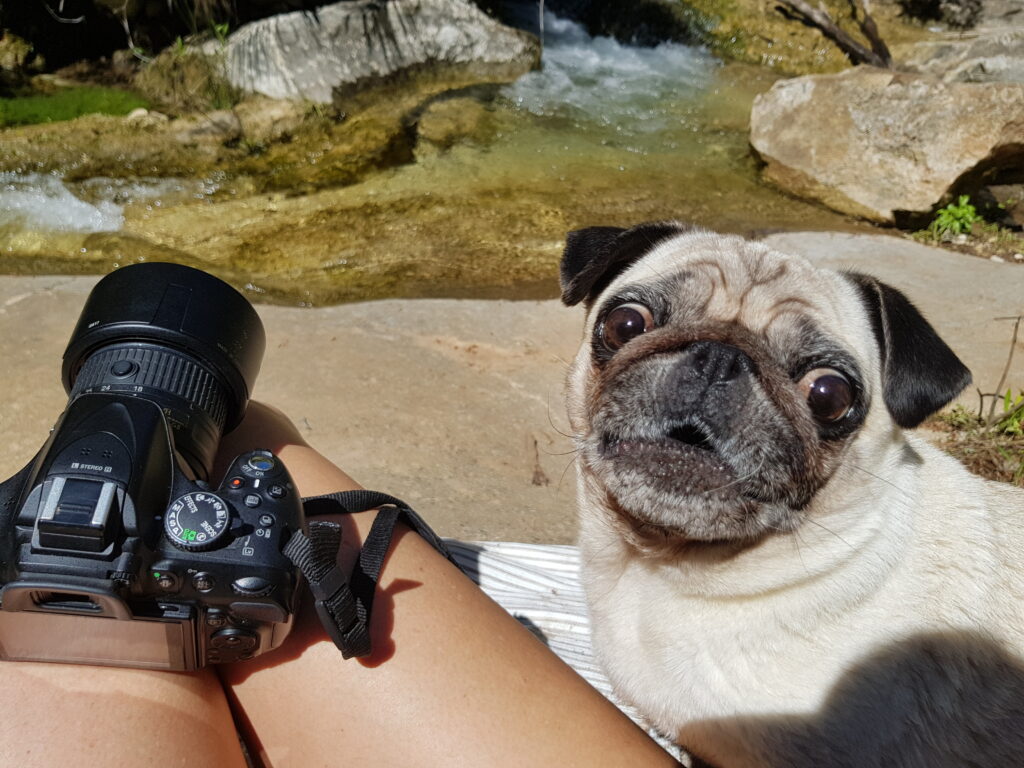
Flash should be avoided because it can scare pets. Instead, use natural light that filters through trees or windows. This can make your dog’s eyes sparkle, turning a simple photo into art. For indoor shots, turn off harsh lights and use soft, indirect light to improve the mood and colors in dog images.
It’s not just about taking a photo. It’s about capturing your dog’s lively spirit and personality. With today’s cameras and editing tools, every photo from a dog photography studio can become a treasured memory. These photos are often shared online, strengthening pet bonds and helping with adoption efforts.
Good lighting makes every photo special. It captures the true essence of pets, creating lasting memories and supporting important causes like pet adoption.
Dog Photography Tips for Refined Portraits
Getting better at dog photography means mixing technique with creativity. This is key when using Pet Branding or adding Dog Clipart to your photos. To make portraits stand out, start by seeing things from the dog’s point of view.
One top tip is to shoot from the dog’s level. This view captures their emotions and movements better. It also makes Aesthetic Puppy Accessories pop, adding to the photo’s impact.
Also, fill the frame with your subject for a more intimate feel. This is great for Dog Food Product Photography, where details matter. Shooting close-ups makes the dog and products look amazing.
The setting of your photo is also important. Use natural spots or well-designed places to add to the photo’s story. Adding themes from comprehensive dog care platforms can make your photos more engaging and relevant.
It’s also vital to connect with your dog model. Be positive and use treats to get those special moments. These moments show the dog’s true self and make the photo session fun for everyone.
Creating great dog portraits is all about finding the right balance. Whether it’s through Pet Branding or using Dog Clipart and accessories, each photo should tell a story that touches the viewer.
Getting the Technicals Right: Camera Settings for Dog Portraits
Mastering camera settings is key to improving the dog aesthetic in your photos. Start with the aperture. Choose a wide aperture like f/1.8 or f/2.8. This creates a shallow depth of field, blurring the background and focusing sharply on the dog. It makes the dog stand out, just like in a cute dog drawing.
Shutter speed is also important for capturing dogs’ lively movements. Dogs move unpredictably, so a fast shutter speed is best. Aim for 1/500th of a second or faster. This tip helps avoid motion blur and keeps your dog sharp.
Don’t forget about ISO settings. Keep it low, under 1600, to avoid noise. Shooting in RAW format lets you adjust exposure and white balance later. This is crucial for capturing your pet’s true colors and dog cartoon-like expressions.
Finally, use single-shot mode with single-point autofocus. This ensures precise focus, especially on the dog’s eyes or unique markings. It’s like designing a dog logo; every detail matters.
By adjusting your camera settings, you improve photo quality and emotional impact. Each setting plays a role in telling your photo’s story. Just like in drawing or logo design, every detail counts.
The Art of Composition and Background in Dog Photography
Mastering the art of composition and choosing the right background is key to making dog photos stand out. It’s not just about where the dog is placed. It’s also about how the surroundings are framed. The goal is to show the dog’s personality without letting the background steal the show.
Using techniques like centered composition and leading lines can make a big difference. For example, leading lines help guide the viewer’s eye to the main subject. This creates a story within the photo. Symmetry also adds balance, making dog logos and clipart more attractive.
Choosing the right background is crucial for pet product photography. A messy background can make the dog blend in instead of standing out. Try holding your hand against potential backgrounds to see how they’ll look. This helps ensure the background complements the dog’s fur and colors.
To get the best results, think about the space around the dog. Too little space can feel cramped, while too much can make the dog less impactful. Using dog images that fill the frame focuses all attention on the dog, reducing background distractions.
For those looking to improve, taking online courses on dog illustration and photography can help. Learning about pattern use and depth can add depth to your photos.
In dog photography, simple backgrounds and smart use of compositional rules can greatly enhance your photos. Whether you’re creating professional dog logos or casual backyard photos, understanding these principles can greatly improve your work.
The Magic of Perspective: Engaging Portraits from Your Dog’s Eye Level
There’s a special charm in seeing our dogs from their view. Photos taken from their level show their true personality. A Dog Photography Studio uses this method to capture cute and memorable pictures. They get down low to capture those expressive eyes.
Our article has been visited 1,876 times, showing the interest in pet photography. It offers tips to capture your pet’s daily life. Using Continuous Autofocus and adjusting lens settings can improve photo quality. Fast shutter speeds and wide apertures are key for clear photos.
It’s important to capture real moments, not just posed ones. Dog photography requires patience and using treats to get the best shots. Our article suggests showing the environment to tell a richer story. Adjusting color and sharpness in post-processing can make these photos even better.
